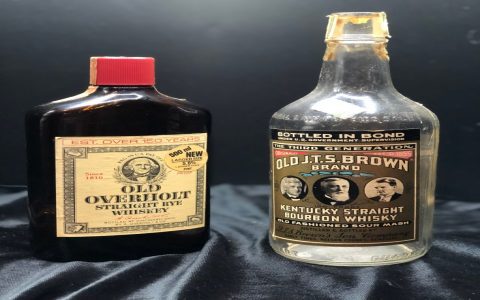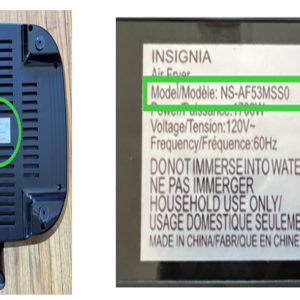Antique whiskey jugs, primarily stoneware or glass containers, evolved significantly from the 18th to early 20th centuries, serving practical and commercial purposes before standardized bottles dominated.
Stoneware Jugs: The Early Workhorses (Late 18th - Late 19th Century)
Salt-glazed stoneware jugs were the primary container for whiskey storage and transport. Their impermeable nature prevented leaks and evaporation. Key characteristics and uses included:
- Durability & Function: Essential for rough handling during overland transport, river barges, and coastal shipping; often packed in straw or barrels.
- Decoration & Branding: Jug-makers ("potteries") and merchants identified contents via cobalt oxide hand-painted inscriptions ("XXX", "Pure Rye", distillery/jug maker names, places, eagles), incised stamps, or molded designs.
- Form & Size: Common types included "cylinders" (straight sides), "shoulder jugs" (rounded), and "torpedoes" (pointed base for stacking or bunging in sand/barrels). Capacities ranged from quarts to gallons.
- "Trap" Jugs: Some featured internal traps near the spout to filter sediment when pouring.
Glass Jugs & Demijohns (Mid 19th - Early 20th Century)
Glass emerged as an alternative, especially post-Civil War with industrialization:

- Blown Glass: Free-blown or mold-blown glass jugs ("demijohns") appeared, often protected by wicker covers ("carboys") for wholesale shipments and druggists storing alcohol.
- Applied Ceramic Labels (ACL): Later stoneware jugs sometimes used simpler ceramic decals instead of hand-painting.
The Shift & Collectibility
Prohibition (1920-1933) largely ended jug production for legal whiskey. Collectors value antique jugs for:
- Historical Significance: Documenting early distillers, merchants, trade routes, and regional styles.
- Artistry: Cobalt decoration quality, unique pottery marks, jug forms, and figural designs (e.g., log cabin-shaped jugs).
- Condition: Strong glaze integrity, minimal damage (chips, cracks), and legible markings command premiums. Reproductions exist.












